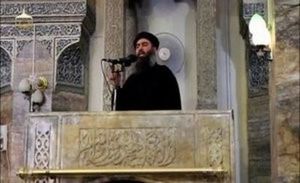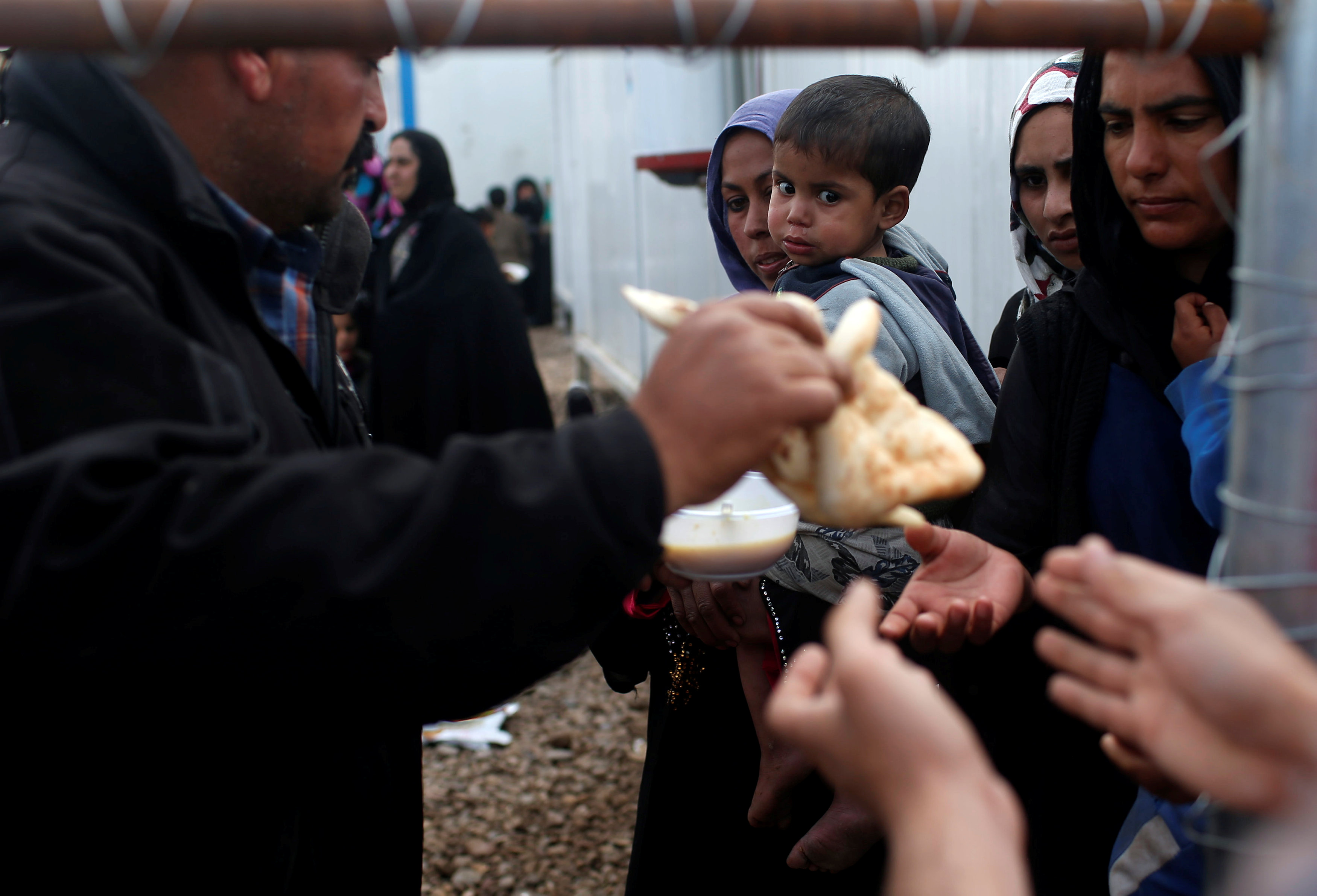
By Sergei Karazy, Alkis Konstantinidis and Ahmed Rasheed
MOSUL/BAGHDAD, Iraq (Reuters) – Islamic State fighters defended their remaining stronghold in the Old City of Mosul on Monday, moving stealthily along narrow back alleys as U.S.-backed Iraqi forces slowly advanced.
The intensity of fighting was lower than on Sunday, when Iraqi forces announced the start of the assault on the Old City, a Reuters visuals team reported from near the frontlines.
The historic district, and a tiny area to its north, are the only parts of the city still under the militants’ control. Mosul used to be the Iraqi capital of the group, also known as ISIS.
The International Committee of the Red Cross (ICRC) expressed alarm on Monday at the situation of the civilians in the Old City, estimated at more than 100,000 by the United Nations.
“We’re seeing dozens of new patients a day, including children and the elderly,” said Julia Schuerch, an ICRC emergency specialist in Mosul.
“For a heart-breakingly high number, it was simply too late; they died soon after reaching us,” she said in a statement from the organization calling for the evacuation of the wounded. “This is the final chapter” of the offensive to take Mosul, said Lieutenant General Abdul Ghani al-Assadi, senior commander
in Mosul of Counter Terrorism Service.
The militants are moving house to house through holes knocked in inner walls to avoid air surveillance, said Major-General Sami al-Arithi of the Counter Terrorism Service, the elite units spearheading the fighting north of the Old City.
The Iraqi army estimates the number of Islamic State fighters at no more than 300, down from nearly 6,000 in the city when the battle of Mosul started on Oct. 17.
The civilians trapped in the Old City, a densely-populated maze of narrow alleyways, have little food, water or medical supplies.
“An estimated 50,000 children are in grave danger as the
fighting in Mosul enters what is likely to be its deadliest
phase yet,” Save the Children said in a statement.
“CALIPHATE” NEARS END
A U.S.-led international coalition is providing air and ground support.
The fall of Mosul would, in effect, mark the end of the Iraqi half of the “caliphate” that Islamic State leader Abu Bakr al-Baghdadi declared three years ago and which once covered swathes of Iraq and Syria.
The Iraqi government initially hoped to take Mosul by the end of 2016, but the campaign took longer as militants reinforced positions in civilian areas to fight back.
Islamic State is using suicide car and motorbike bombs, booby traps and sniper and mortar fire against the troops.
Hundreds of civilians fleeing the Old City have been killed in the past three weeks, as Iraqi forces could not fully secure exit corridors.
Islamic State snipers are shooting at families trying to flee on foot or by boat across the Tigris River, as part of a tactic to keep civilians as human shields, according to the United Nations.
The militants are also retreating in Syria, mainly in the face of a U.S.-backed Kurdish-led coalition. Its capital there, Raqqa, is under siege.
About 850,000 people, more than a third of the pre-war population of the northern Iraqi city, have fled, seeking refuge with relatives or in camps, according to aid groups.
Iraq’s Prime Minister Haider al-Abadi headed on Monday to Saudi Arabia, the first leg of a Middle East tour that will also include Iran and Kuwait, in a diplomatic effort to foster regional reconciliation and coordination against terrorism, his office said.
(Writing by Maher Chmaytelli,; editing by Ralph Boulton and Ed Osmond)






